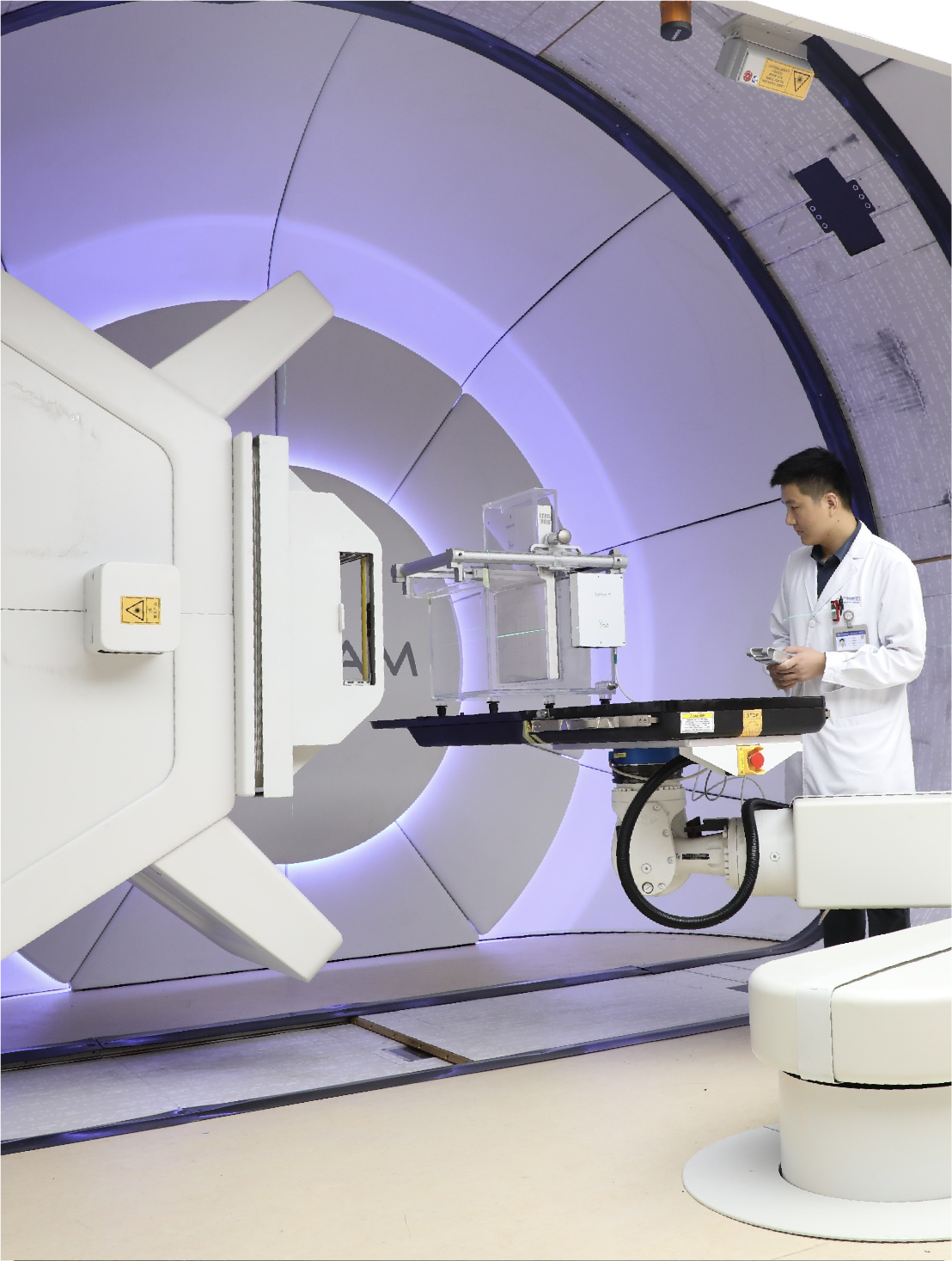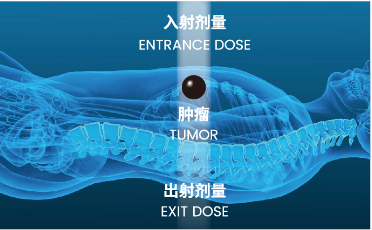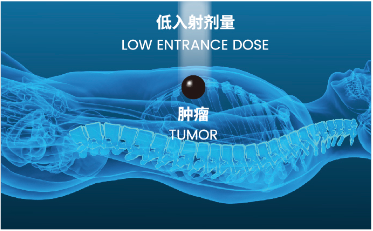
Proton Therapy: A Mature and Safe Technology
Proton therapy, also known as proton beam therapy, is an advanced radiotherapy technique that uses high-energy proton beams to treat cancer. Unlike traditional radiotherapy, which employs X-rays or gamma rays, proton beams exhibit a unique energy deposition pattern in matter. They deliver a lower dose as they enter the body and release most of their energy at a specific depth, known as the Bragg Peak. This Bragg Peak effect allows proton therapy to precisely concentrate a higher radiation dose on the tumor while minimizing damage to surrounding healthy tissues, achieving targeted "precision bombing" to cancer cells.

Advantages of Proton Therapy
improves local control rates and increases the likelihood of curing tumors..
enhances quality of life during and after treatment.
survival rates particularly beneficial for certain types of tumors.
Comparison Between Conventional Radiotherapy and Proton Therapy

Conventional Radiotherapy
Radiation dose penetrates through the tumor and surrounding normal tissues Proton Therapy.

Proton Therapy
Delivers a lower entrance dose, with minimal to no dose deposited beyond the tumor, maximizing protection of normal tissues.

Advantages of Proton Therapy
Advantages of Proton Therapy A higher dose is deposited within the tumor, while surrounding normal tissues receive significantly less radiation.
Tumors are more effectively damaged and less able to repair, resulting in better overall radiotherapy outcomes.
